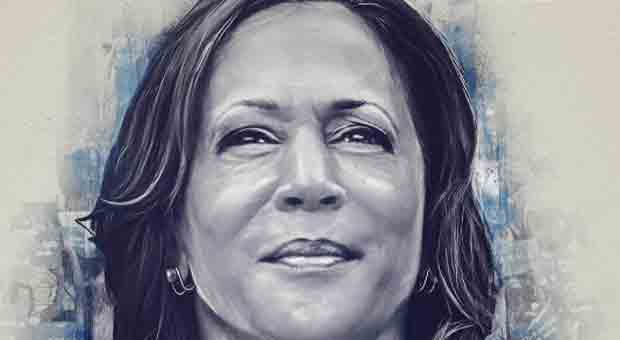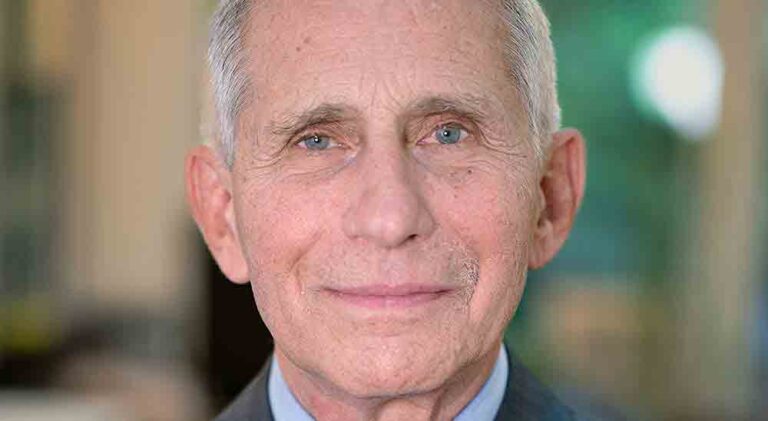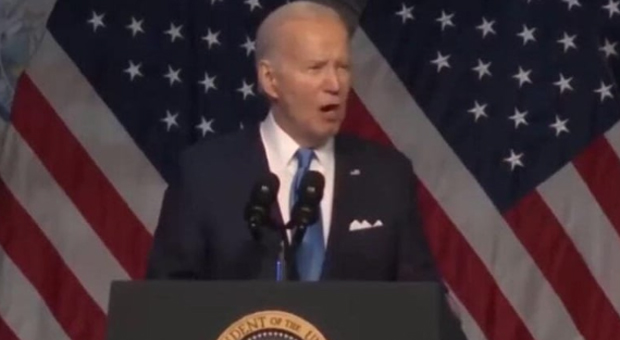A whopping 20 percent of hotels in New York City have now been converted into migrant shelters as prices for the remaining hotels soar due to demand.
Due to the massive influx of migrants, some 16,000 former hotel rooms are now booked, while the room rate for actual hotels is now at an eye-watering $300 a night, the New York Post reported.
“There’s no question that taking a massive supply of hotel rooms off the market is increasing prices at the hotels,” said Nicole Gelinas, a senior fellow at the Manhattan Institute, a conservative think tank.
However, hotels are enjoying a steady stream of revenue, with the city filling all their rooms with migrants – there is 100% occupancy at $156 per room each day, footed by the taxpayer.
Out of 680 hotels in New York, 135 have been converted into fully occupied immigration shelters.
— Jordan Sather (@Jordan_Sather_) June 4, 2024
Insanity. pic.twitter.com/8AYPlsl9lG
The New York Times reports:
In late 2022, as thousands of migrants began to arrive in New York City, city officials scrambled to find places to house them. They quickly found takers: hotels that were still struggling to recover from the pandemic-driven downturn in tourism.
Dozens of hotels, from once-grand facilities to more modest establishments, closed to tourists and began exclusively sheltering migrants, striking multimillion-dollar deals with the city. The humanitarian crisis became the hotel industry’s unexpected lifeline in New York; the hotels became a safe haven for tens of thousands of asylum seekers.
The average daily rate for a hotel stay in New York City increased to $301.61 in 2023, up 8.5 percent from $277.92 in 2022, according to CoStar, a leading provider of commercial real estate data and analysis. During the first three months of 2024, when prices traditionally dip, the average stay was still 6.7 percent higher than during the same time period last year: $230.79 a night, up from $216.38 in 2023.
The use of city hotels for migrants represents a loss of 16,532 hotel rooms, leaving 121,677 hotel rooms for travelers, according to data compiled by CoStar, a leading provider of commercial real estate data and analysis.
That’s 2,812 fewer hotel rooms than existed in the period just before the pandemic — a shortage that is being acutely felt.
About 65,000 migrants are being sheltered in hotels, tent dormitories and other shelters, in large part because of the city’s legal obligation to provide a bed to anyone who needs one. The city projects it will spend $10 billion over three fiscal years on the migrant crisis.
Other factors, including some driven by policies that Mayor Eric Adams and his predecessor, Bill de Blasio, supported, have also contributed to higher room rates.
In September, city officials began to enforce a new law meant to curb the proliferation of short-term rentals, such as those listed on Airbnb, which used to account for over 10 percent of all tourist accommodations in the city. The crackdown obliterated most short-term Airbnb listings — a phenomenon that some observers said might have had an even larger impact on hotel rates than the migrant crisis.
The number of Airbnb listings in New York City for short stays — under 30 days — plummeted by 83 percent to just 3,705 apartments in March 2024, down from 22,247 listings in August 2023, the month before the law went into effect, according to AirDNA, an unaffiliated company that collects data from short-term rental listings. Most of the remaining Airbnb listings in the city, about 90 percent, are only available for stays of over 30 days.
The law, Local Law 18, was aggressively backed by the hotel industry and the hotel workers union, both supporters of Mayor Adams.
The cost to the city is now in its billions, and the taxpayer is left with the bill due to illegal immigrants.











